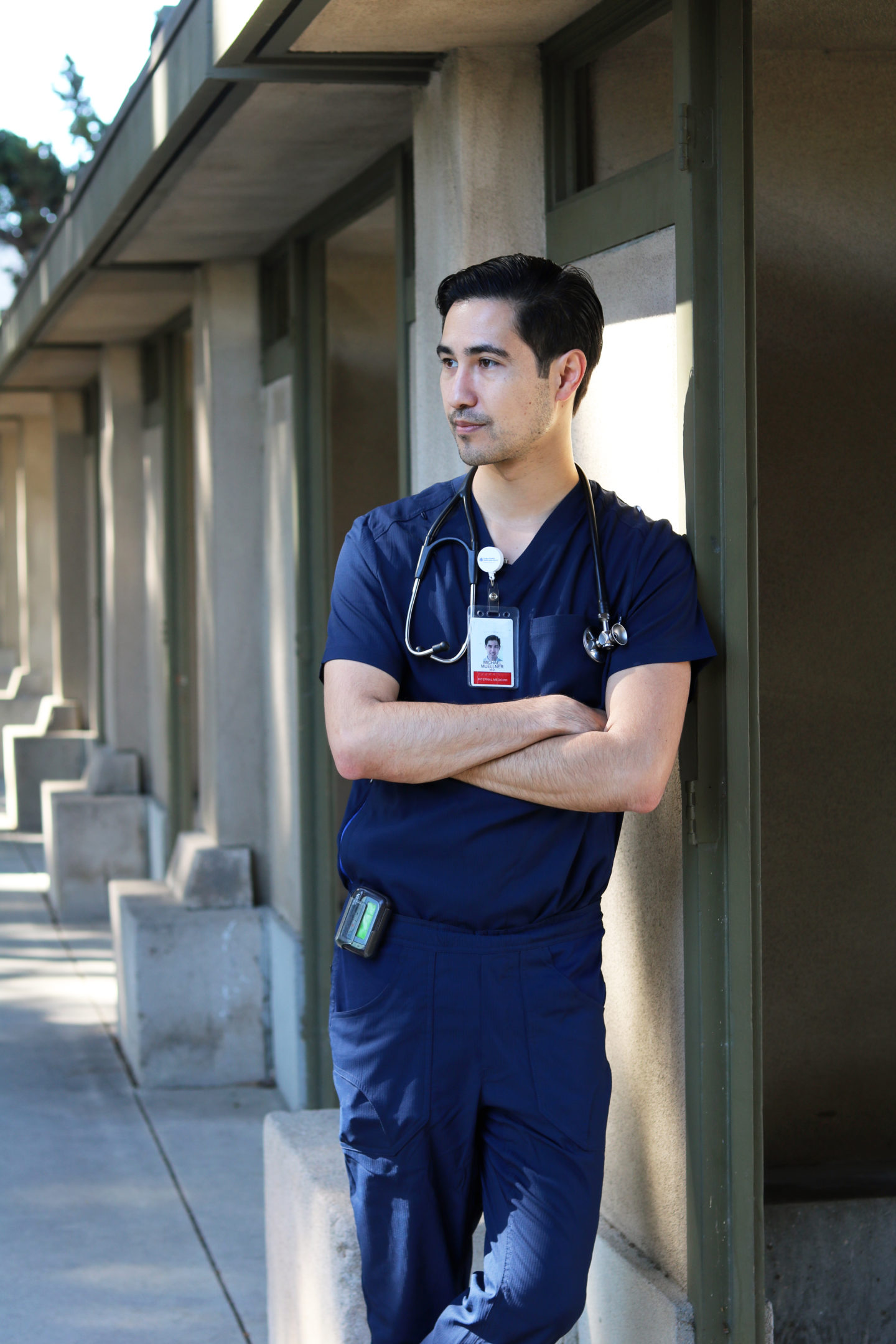
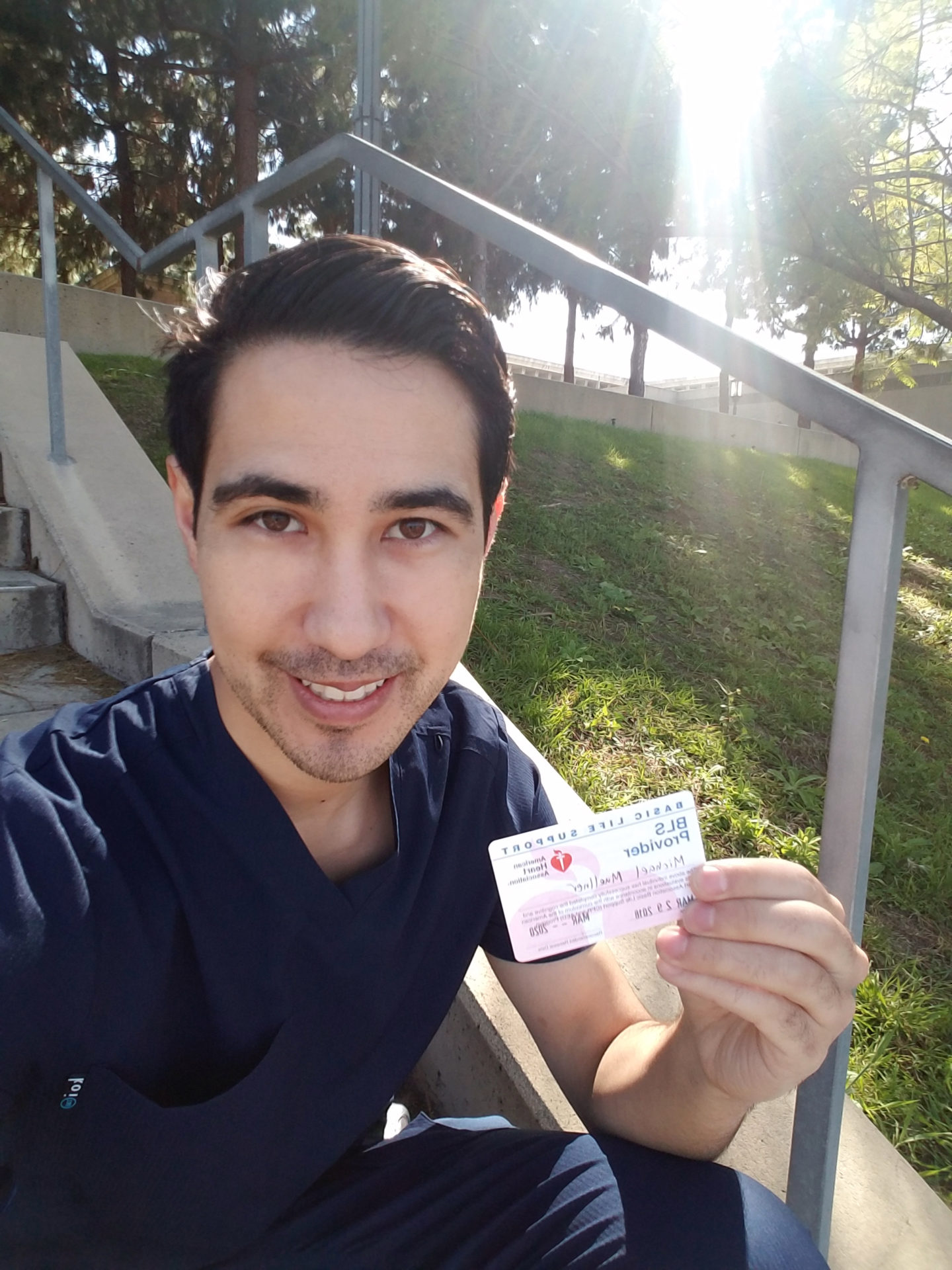 All healthcare providers, from newly minted 3rd year medical students to the most seasoned interventional cardiologists, must obtain basic life support recertification every two years. In a nutshell, this entails taking a CPR class and getting a refresher on such concepts as chest compressions, bag mask ventilation, and use of a defibrillator. While these concepts may be pretty simple (hence the name basic life support), they can be life-saving in the event of cardiopulmonary arrest. Throughout my years practicing medicine, I’ve participated in many code blues where mastery of these concepts proved instrumental in saving patients’ lives. I took my recertification course today and am pleased to announce that I’m certified to use these skills for another two years.
All healthcare providers, from newly minted 3rd year medical students to the most seasoned interventional cardiologists, must obtain basic life support recertification every two years. In a nutshell, this entails taking a CPR class and getting a refresher on such concepts as chest compressions, bag mask ventilation, and use of a defibrillator. While these concepts may be pretty simple (hence the name basic life support), they can be life-saving in the event of cardiopulmonary arrest. Throughout my years practicing medicine, I’ve participated in many code blues where mastery of these concepts proved instrumental in saving patients’ lives. I took my recertification course today and am pleased to announce that I’m certified to use these skills for another two years.
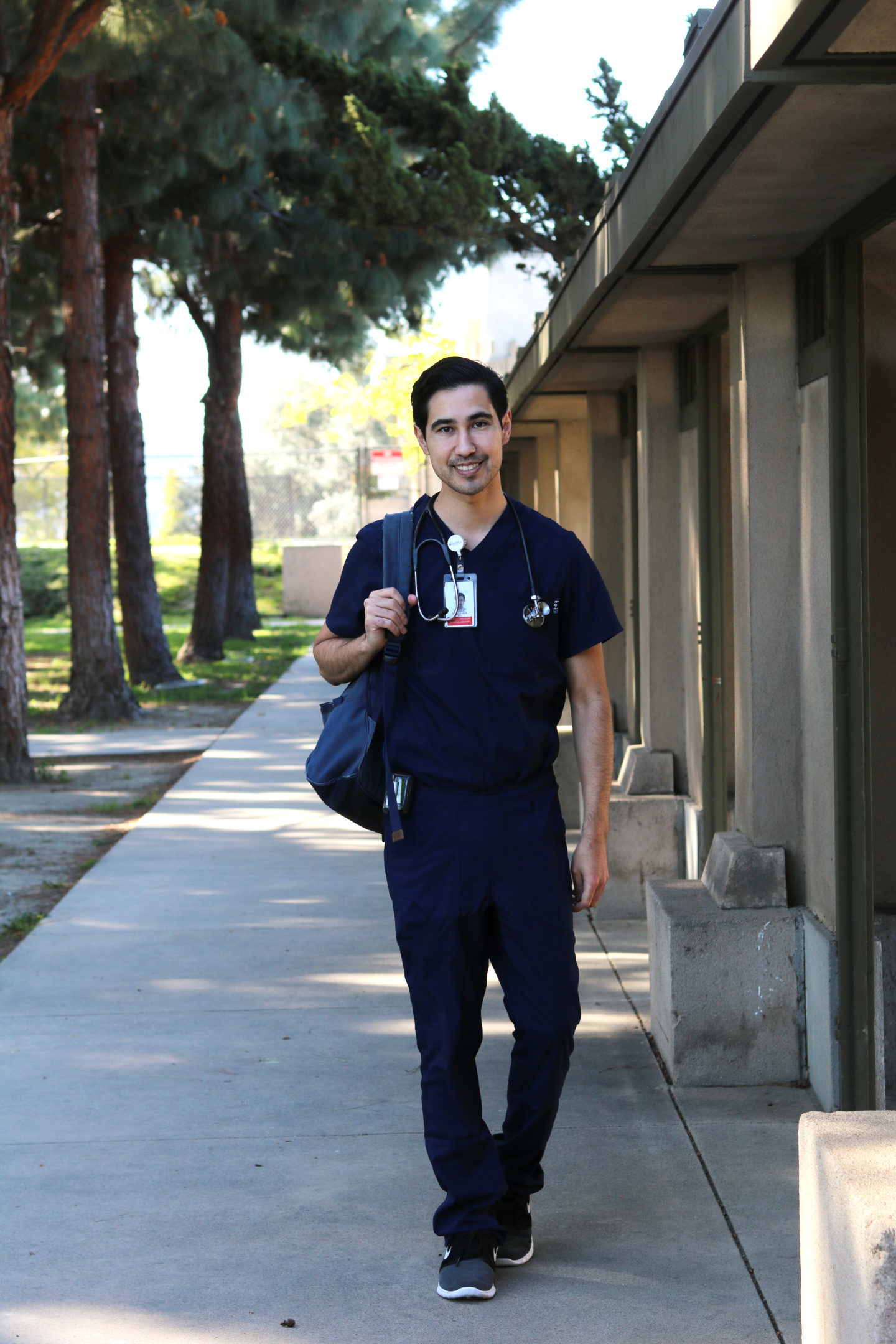 Although the basic life support class is required for all clinicians, it is open to the general public. I encourage everyone, even people who are not in the healthcare profession, to take the course. You never know when you might find yourself in a situation where these skills could empower you to save someone’s life.
Although the basic life support class is required for all clinicians, it is open to the general public. I encourage everyone, even people who are not in the healthcare profession, to take the course. You never know when you might find yourself in a situation where these skills could empower you to save someone’s life.
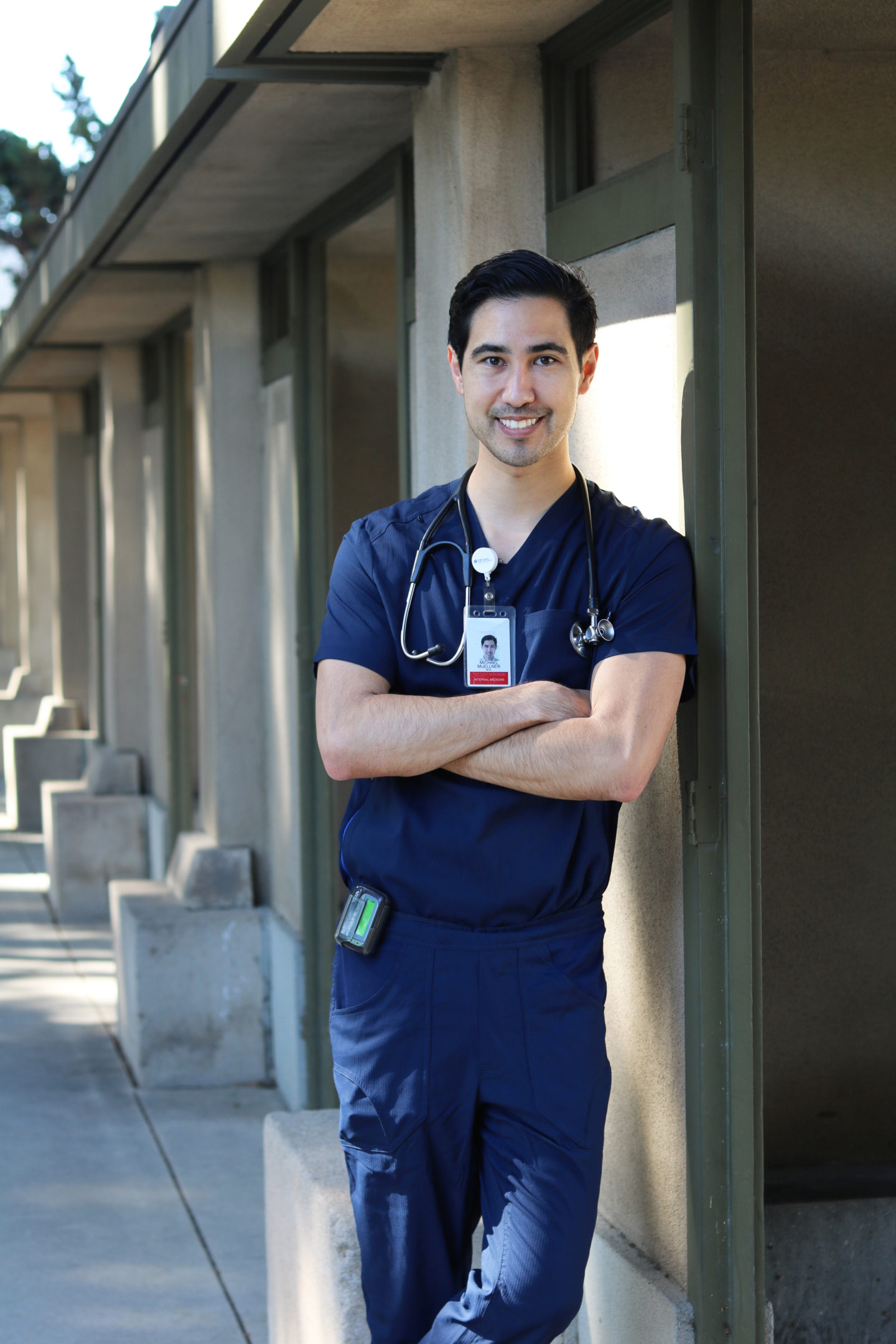
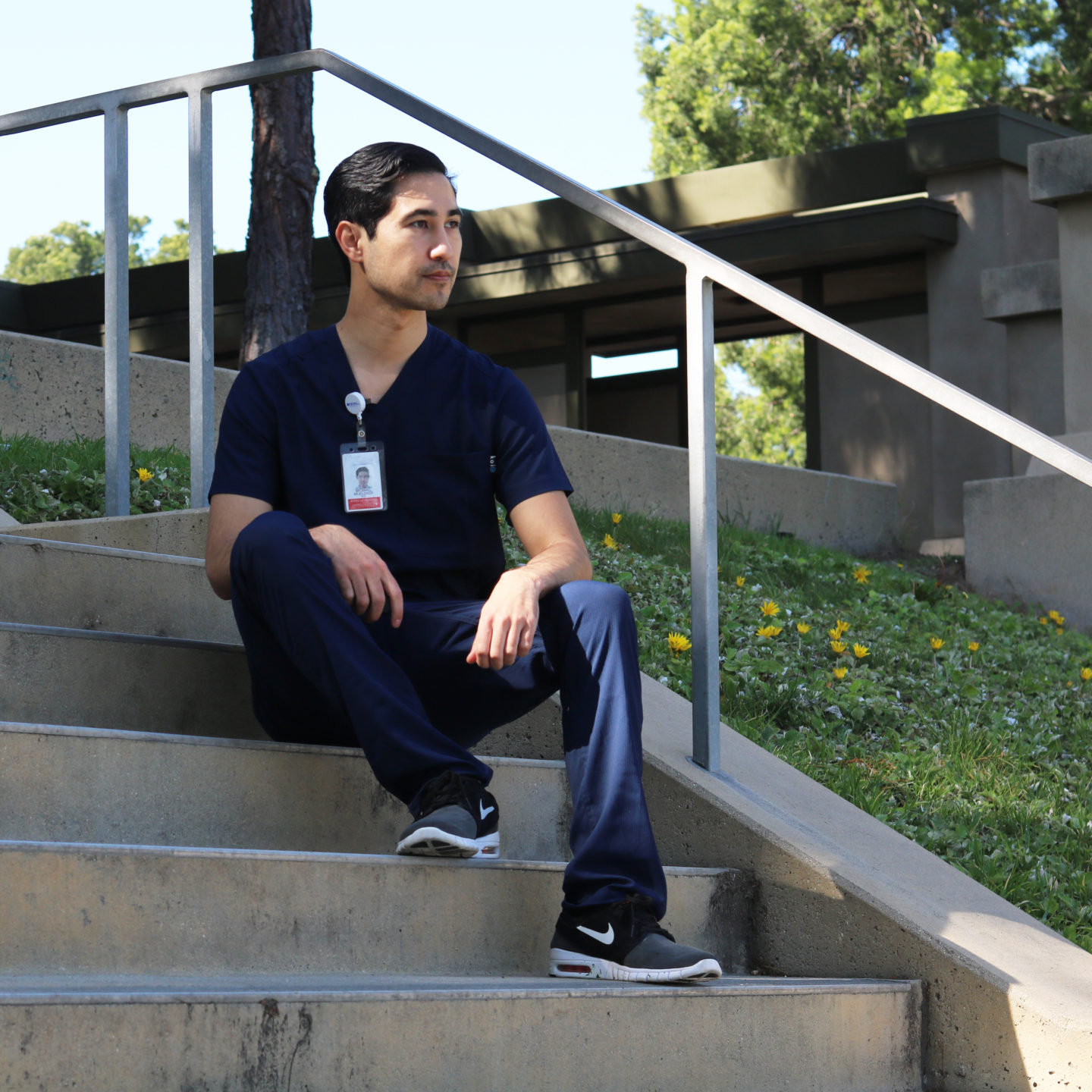
The basic life support class is hands-on. All the students practice giving CPR (chest compressions) to mannequins. Ideally, compressions should be 100 to 120 beats per minute and must be forceful enough to depress the chest wall two inches in order to optimize circulation during a cardiac arrest. As you can imagine, this can be quite a workout for the practitioner administering the compressions. For this reason, I knew I needed a comfy pair of scrubs to wear to avoid feeling too restricted during the exercises. These scrubs by koihappiness were perfect for the job.